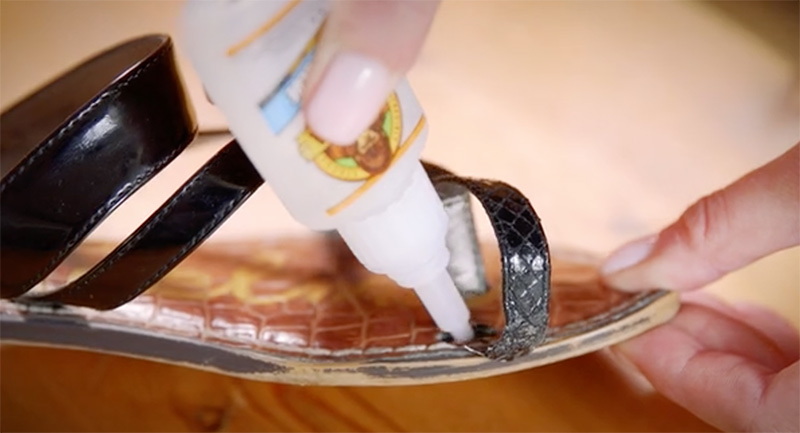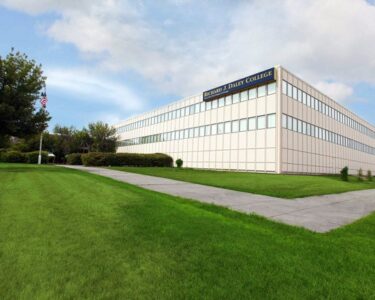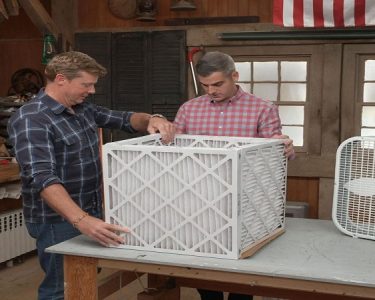PVA was the beginning of stronger glues and today we even have the super glues. The name of PVA may not tell you much, but I assure you have used it many times, it is neither more nor less than the white base. Basically, the PVA forms an emulsion with water, and when it is left in the air, the water evaporates, the glue dries and hardens. Although I know that since then we have developed sturdier glues that are fixed before, PVA was a true revolution in the history of glue. PVA glue showed that using our chemical knowledge, we could create a more powerful glue than the natural ones we had used up. In addition, it is very cheap to produce and less dangerous than many other chemical glues, so we continue to use it today.
The next necessary step was to obtain a fast glue, something that did not require a long drying such as that of polyvinyl acetate. For that we had to wait again for the organic chemistry to advance since one of those coincidences would occur without which this series would be much more boring. I can guarantee that, just like the white base, you also know it and have used it, but let us go back to its surprising origins.
It was the year 1942, in the middle of World War II. In the Kodak Company’s laboratories, Harry Coover was experimenting with various acrylic resins to try to obtain a transparent plastic that could be used in telescopic sights of the rifles. As in these cases, there were many trials, a lot of trial and error and some materials were not sufficiently transparent, while others did not have enough consistency and one of them was insufferable, sinfully sticky. It was the methyl 2-cyanoacrylate and Coover obviously dismissed it.
However, a few years later, in 1951 Coover again came up against this sticky compound. This time he was working for Eastman along with Fred Joyner to develop a transparent plastic for the cockpit of fighter jets. Yes, you guessed it, methyl 2-cyanoacrylate made its appearance and was ruled by for being sticky the second time. But in this case Coover, Joyner and the company did not leave the thing there, and continued to experiment with the compound. In 1958, the company patented the Eastman 910, and cyanoacrylates soon became a revolution and was sold under many different names by different companies. Although the properties of one and the other were relatively distinct, they all had fundamental properties in common, and remain today one of the most commonly used adhesives known as super glue. Depending on the country in which you live, you have used super glue under the name of some brand such as Loctite Ultra Gel Super Glue, Gorilla Super Glue or Scotch Super Glue Liquid.
An adhesive is a material that can hold two or more bodies together by surface contact. It is commonly known as glue and its importance in modern industry is highly considerable. The adherence may be due to different mechanisms of nature, physics and chemistry, as three are the magnetism or electrostatic forces; from the point of view technology, adhesives are the group of products, natural or synthetic that can provide a fixing of mechanical character.
Its classification is as under according to its components;
Synthetic Adhesive
It is based on polymers derived from petroleum and it queues poly vinyl acetate, ethylenic glues, polyurethane glues, glues synthetic rubber adhesives or anaerobic super glue.
Vegetable Adhesive
It is based on derivatives of potato starch, corn and it queues starch, dextrin, and rubbers.
Adhesive of Animal Origin
The traditional tail, made from animal skins or skeleton i.e. tails, hoof and gelatin.
It is classification is as under according to the presentation;
Solid
It includes hot melt adhesives used in industrial processes that heat to melt, using their property quickly cooled to accelerate production processes. Adhesive is also solid adhesives for paper or powder based on acetate or formaldehyde among others.
Liquid
It is commonly known as white tails and mostly have a white or cream color. It’s used in its composition as a liquid carrier, usually water or solvent, which, once used, tends to lose, until drying makes bond strong. They are used in construction for flooring and coatings such as carpets, PVC and linoleum.
Its classification according to use is as under;
Industrial
Those used in many manufacturing processes for joints. They are widely used in the following sectors;
- Graphic arts
- Transformation of paper and paperboard
- Packaging
- Furniture and wood
- Automotive auxiliary industry
Professional
They are used for installation or bonding materials, especially in construction for floor and wall coverings such as carpets, PVC, linoleum, etc.
Household and for Child Use
It queues for household and stationery use.
Its classification according to curing is as under;
Chemically Reactive
It includes polyurethanes, epoxies, phenolics, polyimides and anaerobic.
Evaporation or Diffusion
These are prepared as a solution when dissolved in organic solvents or water and applied to the place you want to keep stuck. There is a notable preference for water-based adhesives because of the environmental safety that their consumption represents such as vinyls and acrylics.
Hot Melt
They are consisted of thermoplastic and elastomeric which melt on the surface to be bonded if heated. The high performance group consists of polyamides and polyesters.
Pressure Sensitive
Elastomers are mainly manufactured as a coating and pressure is applied to cause adhesion.






1 Comment